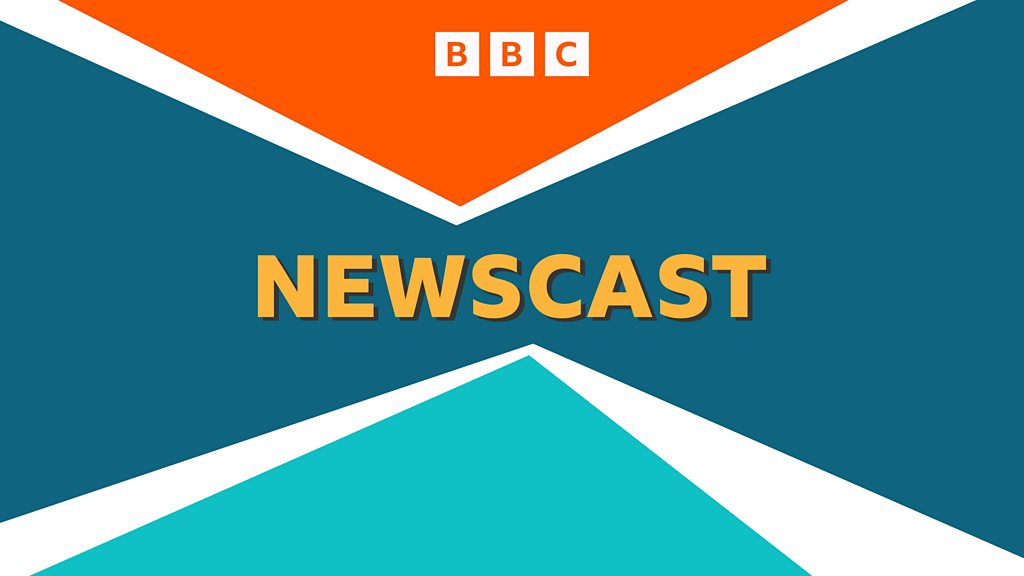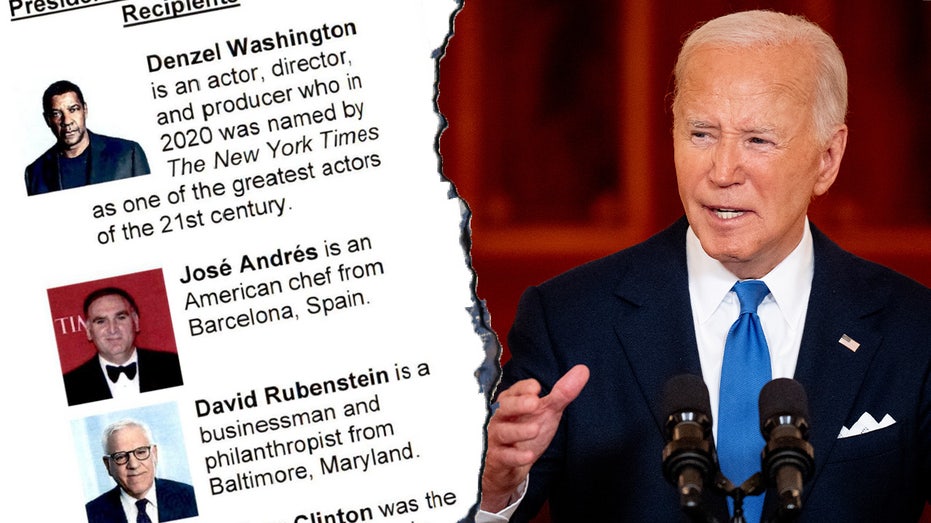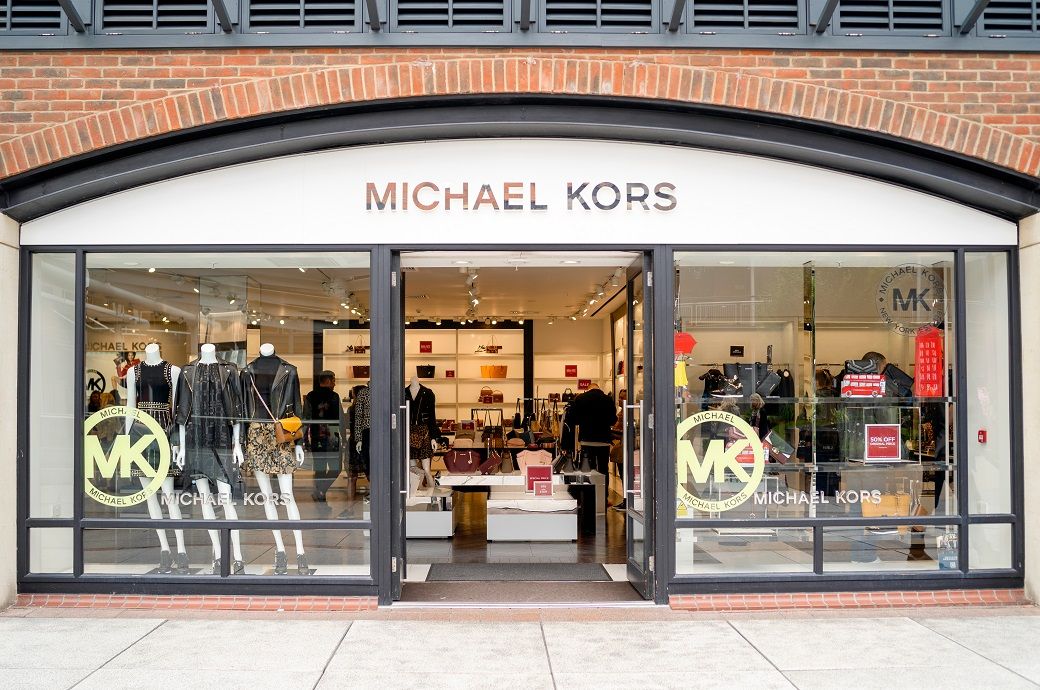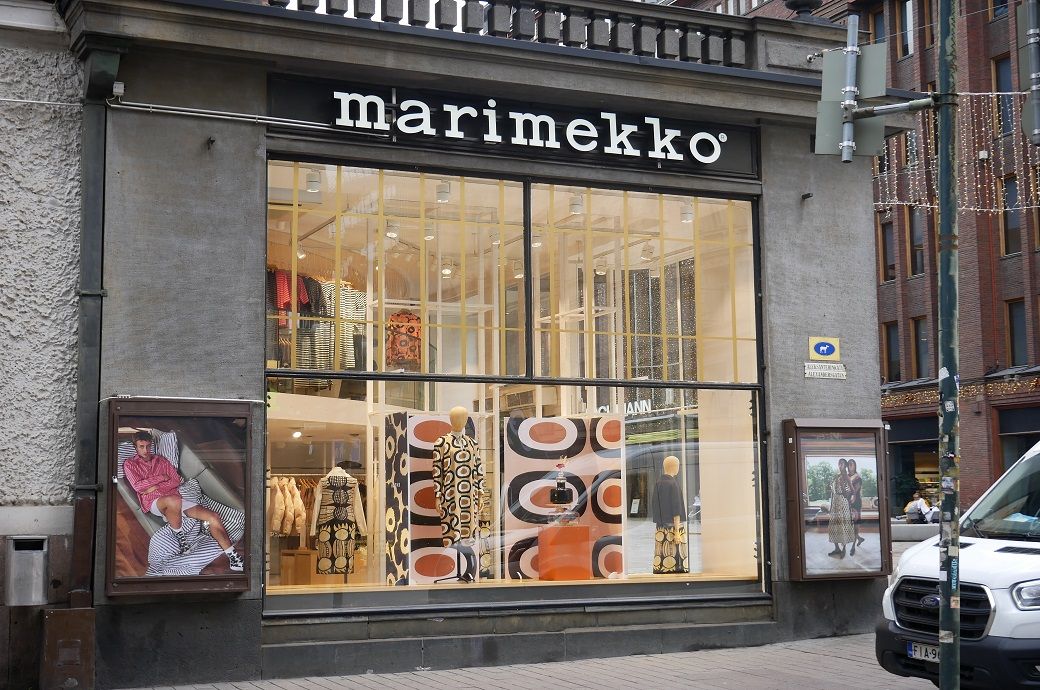How did newspapers in places like Harrisburg, Birmingham, and Syracuse become some of America’s most-read online?

The size of a news site’s audience isn’t everything.
For an important story, reaching just one person can make a huge impact — if it’s the right person, someone who can take action based on what the journalist has learned and shared. Some of the best reporting in the world is aimed at narrow niche audiences, the sort of people especially connected to a specific issue or place.
But audience size ain’t nothing either. The act of journalism requires an audience; breaking news in your personal diary doesn’t count. The mass part of mass media may feel like a thing of the past, but just about every business model for news requires readers, viewers, listeners, or users — in quantities large enough to pay the bills. And few publishers would turn down more.
Good comparative data on web traffic among news sites can be hard to access, especially for those rank-and-file reporters who might wonder: How are we doing, anyway?
So today we’re debuting a monthly feature here at Nieman Lab: traffic rankings for the top U.S. news outlets in three categories we care a lot about, local newspapers, nonprofit news sites, and public radio stations.
Each of the three is absolutely critical to local news, the most important civic void in the digital journalism model. The largest newsroom in nearly every American community is attached to one of them. And each, in its own way, swims upstream against the dominant models for digital content — by limiting themselves geographically, by relying on donations from readers and listeners, or both.
We’re getting our numbers from the analytics company Similarweb. Their data estimates a site’s total monthly visits — which, frankly, I’ve always preferred as a traffic datapoint over monthly unique visitors, which advertisers tend to focus on. (If you’re counting unique visitors, someone who visits your site hourly is counted the same as someone who came across it once. A site should get “credit” for forming a daily habit in someone, I say.)
Is Similarweb’s data perfect? Of course not. No one’s data is — not even the internal numbers your editor brags about in Slack at the end of a good month. (In some cases, especially not those.) Just as with election polls, you should keep a margin of error in mind when you read these numbers. No. 7 might really be No. 9, and No. 9 might really be No. 6. Treat these as ballpark figures.
We’re starting with local newspapers. Each month, I’ll gather traffic data for a list of more than 250 newspaper sites across the country. My list should contain every daily newspaper published in the 100 largest metro areas of the U.S. (That takes us down to Chattanooga/New Haven/Reno territory.) This is a local newspaper list, so we’re ignoring the national giants here.1
I feel confident that the top 25 local newspapers by traffic each month will be included on this list. But if I’ve missed anyone — if you know of a paper with enough traffic to be on this list but isn’t — by all means let me know.
Without further ado, here’s this month’s top 25, using data from June 2025. Stick around after the chart for some analysis on the surprising group of newspapers you’ll see dominating the top of the list.
Top 25 local newspaper websites, June 2025
Ranked by estimated monthly visits
| Rank | Website / Newspaper / Primary owner | June 2025 visits |
± rank from May |
± visits from May |
|---|---|---|---|---|
| 1 |
latimes.com
Los Angeles Times
Patrick Soon-Shiong
|
26,812,197 | — | +17.86% |
| 2 |
nj.com
The (Newark) Star-Ledger and smaller papers
Advance Local
|
16,919,080 | — | -1.00% |
| 3 |
mlive.com
Newspapers in Ann Arbor, Flint, Grand Rapids, Kalamazoo, etc.
Advance Local
|
16,633,260 | ▲ 1 | +9.95% |
| 4 |
pennlive.com
The (Harrisburg) Patriot-News
Advance Local
|
14,458,826 | ▲ 8 | +55.96% |
| 5 |
seattletimes.com
The Seattle Times
Blethen family
|
14,452,857 | ▼ 2 | -5.96% |
| 6 |
al.com
The Birmingham News, Huntsville Times, (Mobile) Press-Register
Advance Local
|
14,339,053 | ▼ 1 | +10.55% |
| 7 |
startribune.com
Minnesota Star Tribune
Glen Taylor
|
10,904,099 | ▲ 6 | +17.85% |
| 8 |
chicagotribune.com
Chicago Tribune
Tribune Publishing (Alden Global Capital)
|
9,536,457 | — | -5.70% |
| 9 |
syracuse.com
The Post-Standard
Advance Local
|
9,232,299 | ▼ 2 | -12.91% |
| 10 |
cleveland.com
The Plain Dealer
Advance Local
|
9,177,806 | ▼ 1 | -5.39% |
| 11 |
oregonlive.com
The Oregonian
Advance Local
|
9,160,765 | ▼ 1 | -3.24% |
| 12 |
freep.com
Detroit Free Press
Gannett
|
9,059,401 | ▼ 1 | -2.45% |
| 13 |
bostonglobe.com
The Boston Globe
John Henry
|
8,691,001 | ▼ 7 | -19.56% |
| 14 |
deseret.com
Deseret News
Church of Jesus Christ of Latter-day Saints
|
7,900,555 | — | -1.71% |
| 15 |
detroitnews.com
The Detroit News
MediaNews Group (Alden Global Capital)
|
7,698,675 | ▲ 9 | +32.61% |
| 16 |
sfchronicle.com
San Francisco Chronicle
Hearst
|
7,424,718 | ▼ 1 | +1.58% |
| 17 |
inquirer.com
The Philadelphia Inquirer
Lenfest Institute
|
6,883,917 | ▲ 2 | +3.31% |
| 18 |
chicago.suntimes.com
Chicago Sun-Times
Chicago Public Media
|
6,801,508 | ▼ 1 | -2.66% |
| 19 |
mercurynews.com
The (San Jose) Mercury News
MediaNews Group (Alden Global Capital)
|
6,773,722 | ▼ 1 | -0.32% |
| 20 |
azcentral.com
The Arizona Republic
Gannett
|
6,667,157 | — | +1.80% |
| 21 |
miamiherald.com
Miami Herald
McClatchy
|
5,981,438 | ▲ 5 | +4.34% |
| 22 |
indystar.com
The Indianapolis Star
Gannett
|
5,837,136 | — | -1.98% |
| 23 |
jsonline.com
Milwaukee Journal Sentinel
Gannett
|
5,542,242 | ▼ 2 | -12.01% |
| 24 |
nydailynews.com
New York Daily News
Tribune Publishing (Alden Global Capital)
|
5,521,388 | ▲ 1 | -4.60% |
| 25 |
dallasnews.com
The Dallas Morning News
Robert Decherd (soon Hearst)
|
5,313,745 | ▼ 2 | -9.60% |
The amazing traffic numbers of Advance Local newspapers
So let’s look at traffic numbers for local newspapers in June. The No. 1 spot goes to the Los Angeles Times, and I wouldn’t be shocked to see it top this list every month, given its position in the country’s largest state and second-largest metro area.
The top 25 list includes the dailies in many of the large metro areas you might expect; if your city has NFL, NBA, and MLB teams, there’s a very good chance your local newspaper made the list. But the order is sometimes surprising, and no newspaper company generates more of those surprises than the Advance Local papers, whose numbers are frankly astonishing for those unfamiliar with the company’s history of outperformance.
Advance — owned by the same Newhouse family that owns the magazine giant Condé Nast, but organizationally separate from it — takes up an incredible 7 of the top 11 spots on the list: No. 2 NJ.com (the digital presence of The Star-Ledger in Newark), No. 3 MLive.com (a group of mid-sized dailies in Michigan — think Grand Rapids, Kalamazoo, Flint, Ann Arbor), No. 4 PennLive.com (The Patriot-News in Harrisburg), No. 6 AL.com (the newspapers in Birmingham, Mobile, and Huntsville), No. 9 Syracuse.com (The Post-Standard), No. 10 Cleveland.com (The Plain Dealer), and No. 11 OregonLive.com (The Oregonian in Portland).
Harrisburg, Mobile, Flint — you won’t find a lot of major-league franchises in cities that size.2 Contrast the other cities represented in the top 11: Los Angeles, Chicago, Minneapolis, and Seattle. By media market size, those four are Nos. 2, 3, 13, and 16 in the United States. Meanwhile, Advance’s markets are either in the shadows of bigger markets (Newark/New York City, Ann Arbor/Detroit) or well down the list, like No. 42 Harrisburg, No. 43 Grand Rapids, No. 45 Birmingham, and No. 88 Syracuse. (To be fair, Cleveland’s No. 19 and Portland’s No. 23.)
Advance is perhaps the nation’s quietest major newspaper chain. Being privately held, it doesn’t release quarterly earnings and isn’t obliged to peacock in front of equity analysts. (A 1985 New York Times headline: “AN INTENSELY PRIVATE FAMILY EMPIRE.”) I emailed editors at the high-ranking Advance papers to see if they had thoughts on their traffic success, and the replies I got were beautifully blasé about the whole thing.
(PennLive’s Teresa Bonner: “I don’t think there were any stories in June that would have made that month’s results unusual, and the ranking is in line with Comscore rankings over the past few years.” Cleveland.com’s Chris Quinn: “June was a pretty standard month for us, with nothing major standing out. It’s one of our weaker months for sports, with the Cavs having wound down, the Guardians pretty flat and football a few months away.” NJ.com’s Chris Kelly: “June was a fairly typical month across all Advance Local markets, including here in New Jersey.” Yawns all around.)
But we can suss out a few factors. One is obvious from its web domains: You won’t find many city names among them. Advance papers have repeatedly aimed at larger geographies than their old newspaper names offered. It’s PennLive, not HarrisburgLive; MLive (M as in Michigan), not GrandRapidsLive; AL.com, not BirminghamNow; NJ.com, not NewarkToday. Print newspapers attached themselves to cities for reasons of physical distribution; America’s a big country, and the delivery trucks could only drive so far in the morning. Digital distribution eliminated that barrier, but the vast majority of U.S. newspapers have stuck to their city-level branding. A name like “PennLive” can mean something for anyone between Pittsburgh and Philadelphia; “MLive,” the largest news site in Michigan, feels local all around the Mitten.
Relatedly, Advance has long kept its digital brands unusually distinct from its print ones — and it’s insisted on others taking that distinction seriously. (I don’t hear from Advance PR people often, but I’ve received several emails over the years complaining about referencing “The Times Picayune” instead of “The Times-Picayune | NOLA.com”3 or “The Plain Dealer” instead of “The Plain Dealer | cleveland.com.” Hey, bub — you stick to your style guide and I’ll stick to mine, okay?)
But most importantly, Advance has consistently been more aggressive than others in shifting from print to digital. And I don’t just mean embracing digital — I mean leaving print, too.
In the 2000s and 2010s, nearly every American newspaper saw steepening declines in print readership — but print was still where they made the overwhelming majority of their money.4 So while every publisher could see the future was digital, most were unwilling to sacrifice their print cashflows to focus on it.
Not Advance. It was at the vanguard of cutting back on how many days their newspapers were printed and delivered. It cut its Michigan newspapers back to 2 or 3 days a week in print all the way back in 2009. Three years later in New Orleans, The Times-Picayune cut back to three days. It made similar moves across the chain, testing different iterations of the plan in different markets.
Advance’s print day-cutting sparked a lot of anger — most fiercely in New Orleans, a city then still in the shadow of Hurricane Katrina and sensitive to abandonment by a bunch of suits in New York City. But beyond that, the changes were accompanied by large-scale layoffs — something the Newhouses had famously avoided for decades. The transition has often meant swapping union jobs for nonunion ones. And it didn’t help that, while Advance ran good-to-very-good newspapers, their websites, in a word, sucked. (David Carr, 2012: “Advance’s regional Web sites have generated traffic and have active forums, but they are a miserable place to consume news. Balky and ugly, with a digital revenue base below much of the rest of the industry, they seem like a shaky platform on which to build a business.”)
Back then, it was hard to find people excited about such aggressive moves away from print. And they haven’t stopped, either: The three Alabama newspapers stopped printing entirely in 2023, and its four New Jersey newspapers followed suit in February.
But something sure seems to have worked. This month’s numbers are no fluke; all seven Advance sites were also in the top 12 for May. Last fall, NJ.com was the No. 1 local news site in the U.S. according to Comscore. Advance’s local websites have graduated from “balky and ugly” to…well, let’s call it functional. And from my (admittedly sporadic) outside reading, the editorial quality remains solid. (AL.com won two Pulitzers in 2023.)
Knowing what’s happened since, the quotes Advance officials gave reporters back in that difficult era of early 2010s cuts start to look a little more prescient.
“We did not make these changes out of desperation — we have a very strong operation in New Orleans — but we face tremendous challenges in terms of both revenue and the 24 hour news cycle,” Steven Newhouse told the Times in 2012. “We needed to make a plan for the long-term and not sit still for a spiral of losses and cutbacks.”
Or here’s the publisher of the Newark paper in 2014, asked if the cuts he’d just announced would diminish the product: “I don’t look at it that way. I look at it as a transition to an organization for the future.”
As a journalist — as a worker — it’s hard to imagine a more enraging bit of corporate-speak to hear from your boss. You’re not being laid off. You’re being jettisoned to let us transition to a beautiful new future! I can only imagine the groans in the newsroom when reporters saw that quote. I would have groaned too. But a decade later, NJ.com — based in the 64th largest city in America — now has as many readers as any local newspaper in the country.5 Its newsroom staff directory lists more than 115 names — 85 of them with “reporter” in their title. And it’s managed the transition newspaper publishers have been awaiting/dreading for the entire 21st century — turning off the presses. If that doesn’t qualify as “an organization for the future” in 2025, I don’t know what does.
- I’m counting these as national newspapers: The New York Times, The Washington Post, The Wall Street Journal, USA Today, and the New York Post, whose digital audience is mostly outside New York and drawn to its celebrity/tabloid coverage. I should note the L.A. Times sometimes considers itself a national newspaper more than a local one. And one could make an argument, I suppose, that the Deseret News should count as a national newspaper because the church-owned daily has a unique connection to Mormons nationwide and worldwide. But I think they both belong on this list.
- Among these Advance metros, Cleveland has the Browns, Cavs, and Guardians, and Portland has the Blazers. I decline to give NJ.com credit/blame for the New York Giants and Jets, despite their home in the Meadowlands.
- Advance sold The Times-Picayune to a local owner in 2019, leading to another awkward period where the publication insisted its name was “The Times-Picayune | The New Orleans Advocate.”
- This is still true for a surprising number of American newspapers — a small rump of print subscribers subsidizing the larger-but-less-profitable digital business.
- For the record, SFGATE’s monthly traffic is in the same ballpark as the L.A. Times and NJ.com — and often ahead of them. For June, Similarweb has them at 27.7 million visits, which would put them at the top of this list. But SFGATE hasn’t been attached to a newspaper since 2019, when it separated from the San Francisco Chronicle, so it’s not eligible for this list.
What's Your Reaction?
 Like
0
Like
0
 Dislike
0
Dislike
0
 Love
0
Love
0
 Funny
0
Funny
0
 Angry
0
Angry
0
 Sad
0
Sad
0
 Wow
0
Wow
0







































































